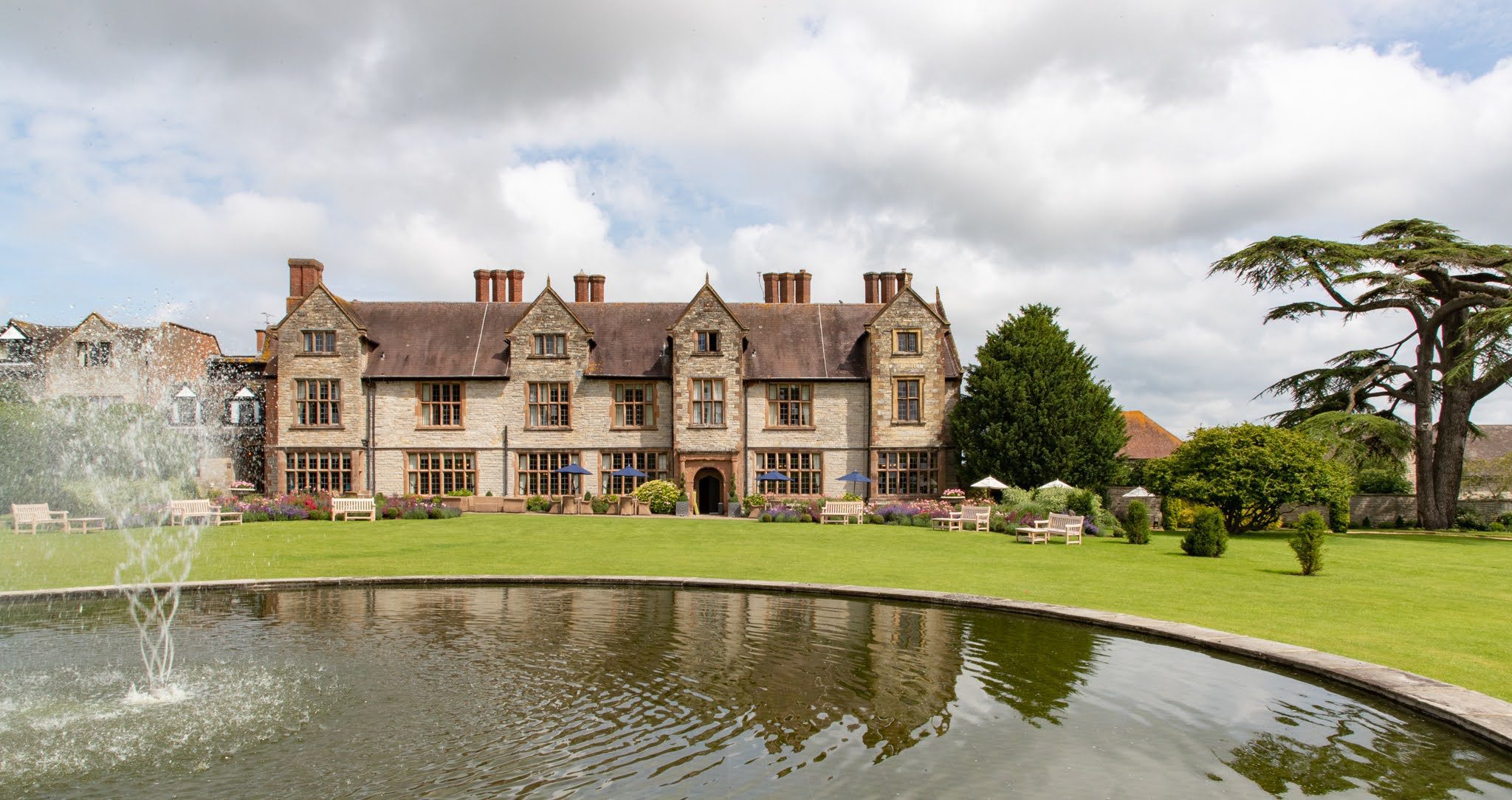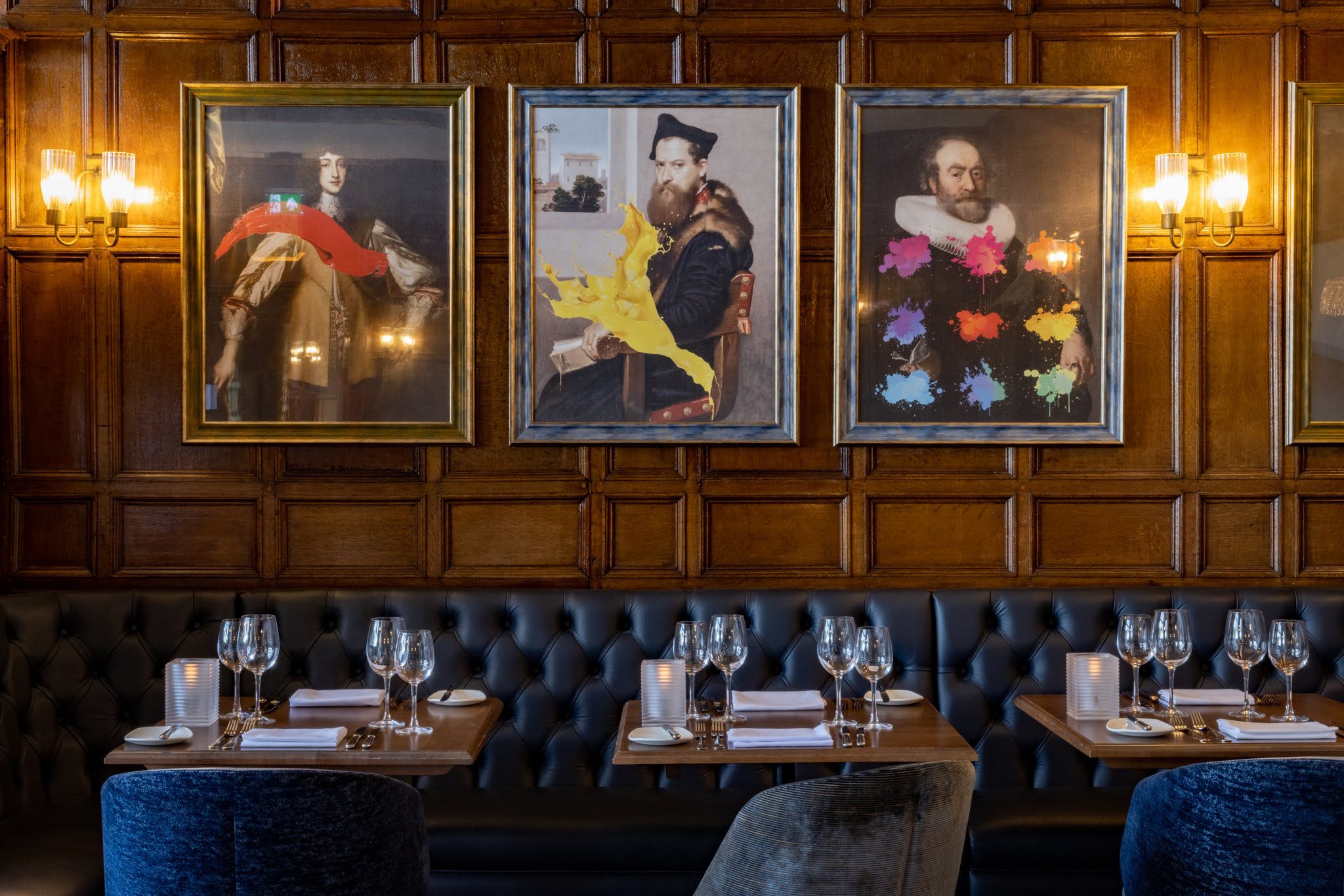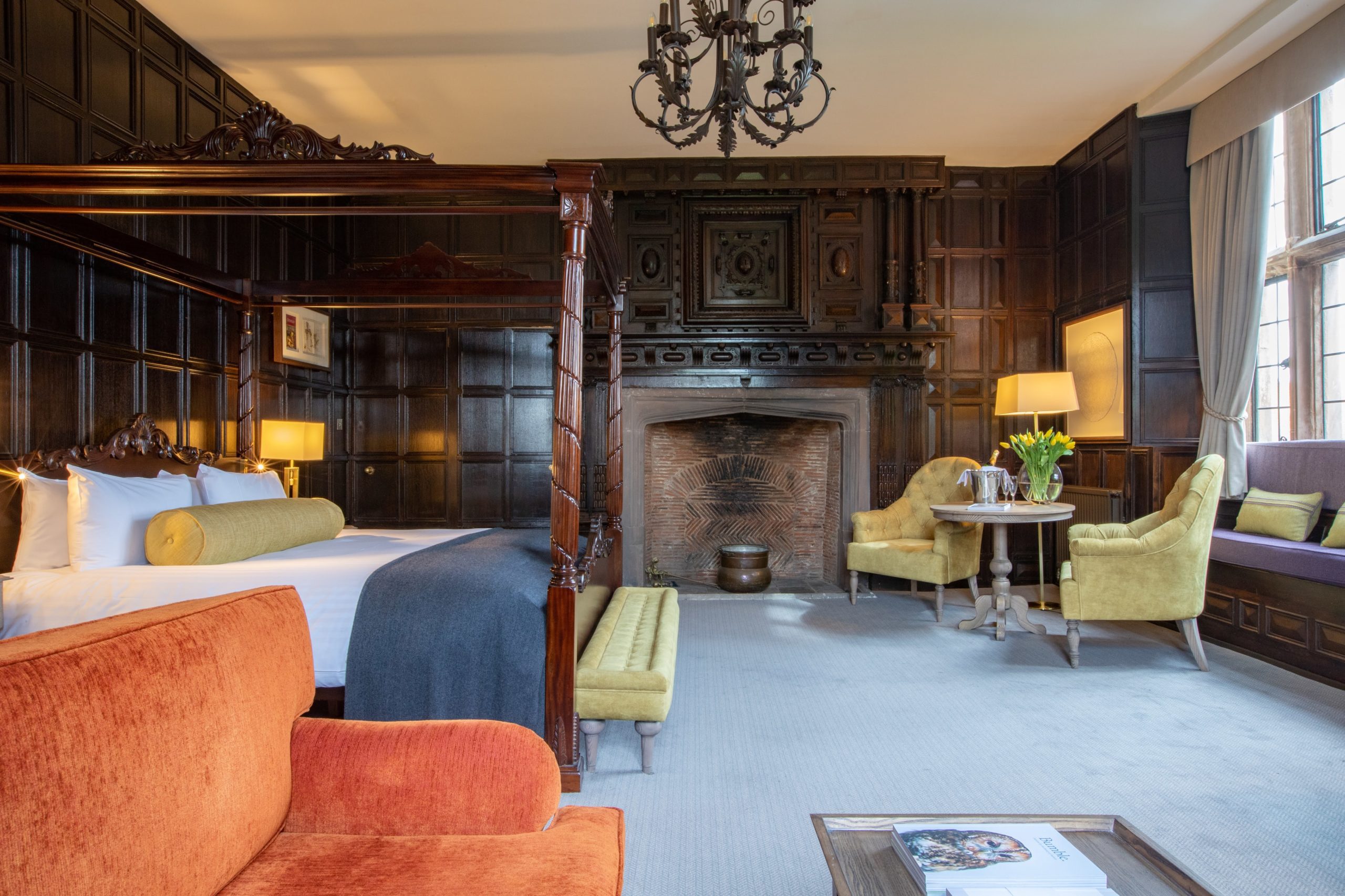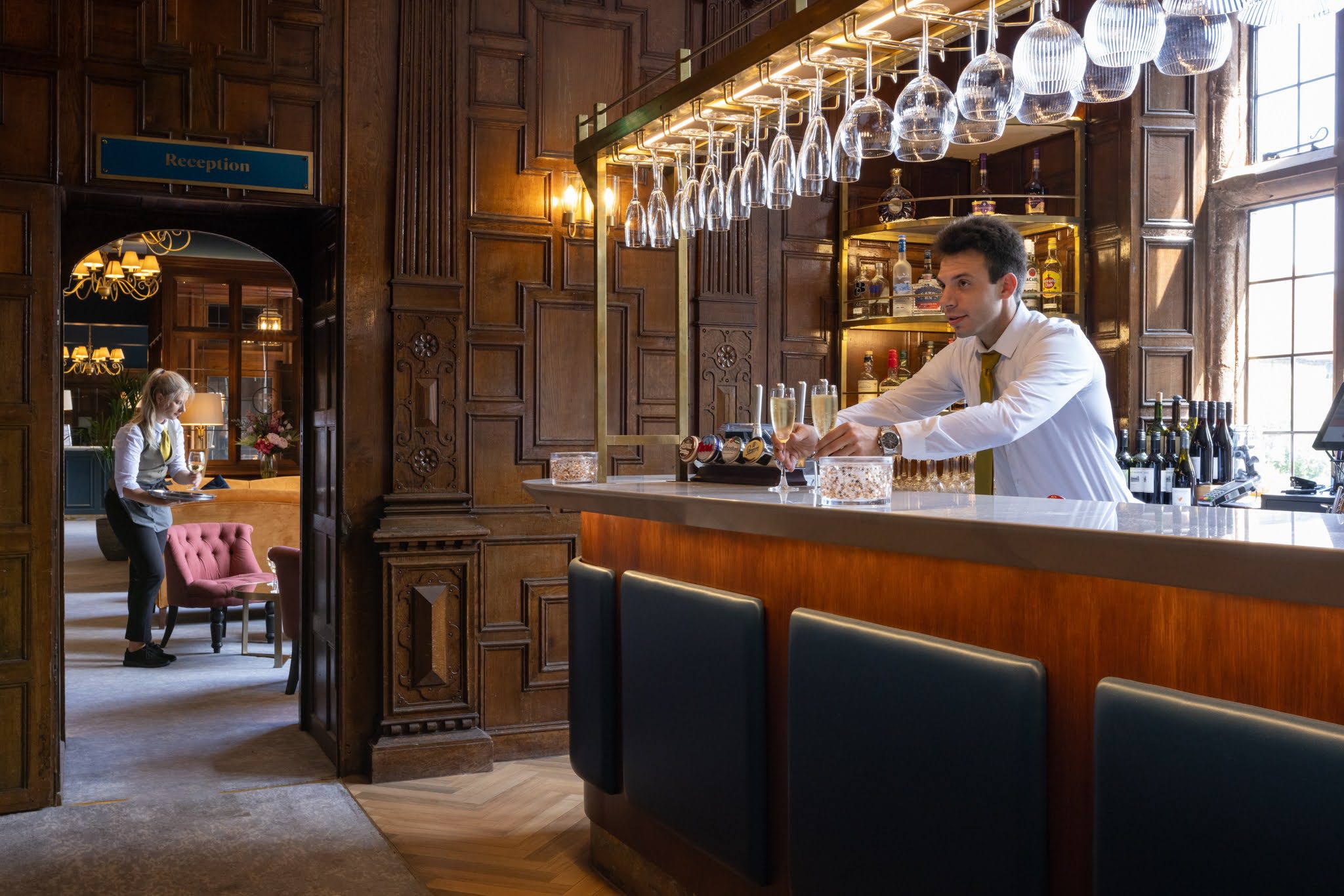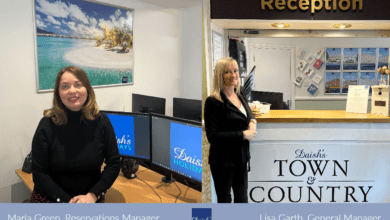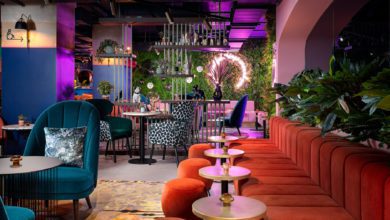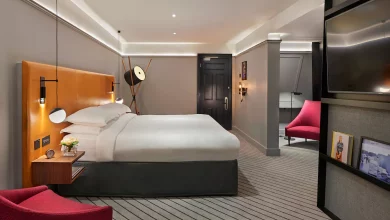Preserving and refurbishing a 125-year old hotel
Stephen Fearnley, general manager of Billesley Manor Hotel and Spa, has just overseen the completion of a £5.6m refurbishment of the property. Hotel Owner sat down with him to learn how it went, and how he managed to preserve the site’s 125-year heritage
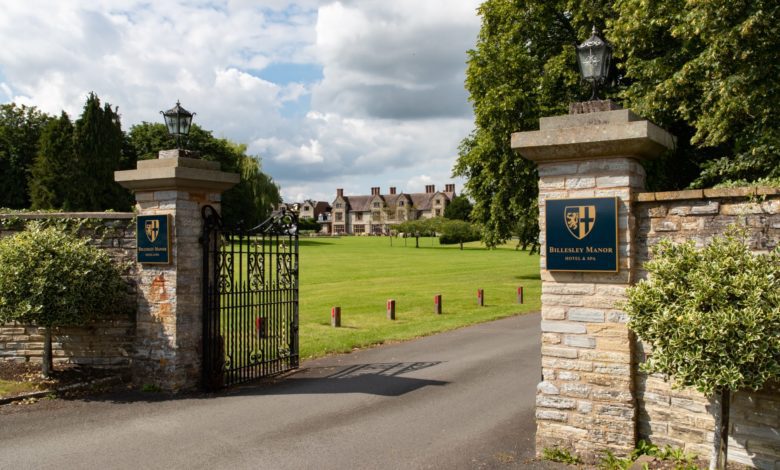
Billesley Manor Hotel and Spa has been reinventing itself since 705 AD. Having changed hands several times over the past 12 years, the property is owned today by businessmen Shashank Bhagat, Mohit Burman and Manjeet Basi, who took it over in 2017. Not long after, they decided it was time to modernise its features whilst preserving its renowned heritage.
Work began in January 2019, and during those works, six sample bedrooms were renovated as well as the spa facilities. The following year, the garden, another 35 bedrooms, all the public areas, grounds, gardens, pathways and tarmac were also re-done. When the pandemic struck last year, however, guests were sadly unable to enjoy the revitalised features. Now, however, Billesley Manor Hotel and Spa is set to welcome guests into the historic site once more.
The journey
Stephen Fearnley, the general manager of the hotel, was originally brought in to consult on the refurbishment, acting as part of the original team alongside the designers and project managers. The owners of the hotel “didn’t want it to just be another refurb,” says Fearnley, and took time to strategically plan the development.
Having decided they wanted the hotel to be “at the top end” of the four-star market, the hotel began to take shape. “We don’t want to be portrayed as five stars as we don’t offer those services and we don’t believe that the market for where we are needs that from us,” he adds. The refurbishment was originally supposed to take place in a phased way, yet because of the pandemic, the early phases were amalgamated.
Despite the pandemic providing a significantly extended timeframe, because the rest of the world was also in lockdown, things began to slow down. The restrictions on travel meant that routes to and from Europe were closed, which affected the hotel as it was buying materials from Spain, Portugal and the Middle East. “We didn’t get finished quicker because of the delays within the supply chain,” Fearnley explains. “We had to wait for [it] to catch up a bit before we were able to move the project forward.”
Another reason for the delays to the renovations was that for the brief periods that the hotel was open, to minimise disruptions to the guests, the hotel was unable to complete any of the “major” changes. “We didn’t want to cause potential guest dissatisfaction because of workmen around and the noise and dust that was created because of it,” he adds.
Preserving the history
The hotel has a rich history having been first bought in . The manor was bought by the Hon William Charles Frederick Hanbury-Tracey in 1905, where he subsequently transformed it. He was succeeded by Lord Sudeley in 1922 who built a new wing and planted the Yew Hedges, now known as the Topiary Gardens. In 1980, Celebrated County Hotels converted the property whilst maintaining its character. Later on in 1987, after “extensive renovations”, Norfolk Capital acquired Billesley and consolidated its standing as a country house hotel.
In 1999, Furfing Hotels acquired the hotel and expanded it with two Barns, which flank the hotel, creating another 20 bedrooms and six further conference rooms. Years later in 2007, Barceló Group of Hotels acquired the manor, adding another 15 bedrooms.
So how many rooms, conference rooms, etc does it have now?
However, work on some of the hotel’s features required planning permission. The areas that were preserved were the wooden bar, the lounge and the restaurant’s main ceilings. “It was very important to the designers and it was always part of the brief that we would be very sympathetic to maintain and modernise things where we could,” says Fearnley.
Impact of the refurbishment
When a hotel undergoes a £5.6m refurbishment, says Fearnley: “You don’t do that so things can stay the same.” Having invested a “great deal of money” into the site as well as benefiting from the growing staycation market, the hotel increased its prices. “We’ve seen our average room rate net VAT of any food or additional hospitality move from £85 to £120 at the moment,” he says. He says that due to the peak interest in the hotel, especially in summer, many sites have chosen to increase their prices to keep up with the demand.
Before the pandemic, the hotel was still seeing steady footfall. Since the refurbishment and the additional care taken to ensure the hotel is up and running, it has been consistently busy in its peak periods, however. The hotel is also seeing a rise in the number of room nights per guest. Fearnley says: “Originally customers would be here for a night or two, but now customers are coming for a two/three night break without having to leave the premises. We’ve got 11 acres of grounds and gardens that people can feel comfortable in in terms of space.”
Last year when the hotel opened on 28 August through to November, Fearnley noticed that the staycation market was “absolutely buzzing”. He reiterates that overall since reopening, the hotel has seen revenue grow by about 6% and has had a consistent occupancy rate at 80%, seven days a week. This compares with previous years when the group would be predominantly busy on the weekends.
Future plans
There are still further renovations planned, including the last few bedrooms, which will begin once the hotel receives Covid guidance from the government. The hotel has also submitted further plans to its local council to enhance its outdoor lighting in the garden and alleyway areas as well as to install air conditioning within its 71 bedrooms.
Further investment is also being put into the gym facilities by bringing in some modern aerobic equipment. In regards to hospitality, the hotel recently invested in people and brought on board a new executive chef who is “spearheading some major changes in terms of style of dining and quality of dining”. The group has also continued to invest heavily in its website and recently completed a re-photography of the whole hotel including public areas, bedrooms and grounds.
“We really want to show what we’ve been doing. Yes there is still work to be done, but who knows how long this staycation market will continue to be as strong as it is for properties such as this, so we are taking this opportunity to really showcase as much as we can,” he concludes.


